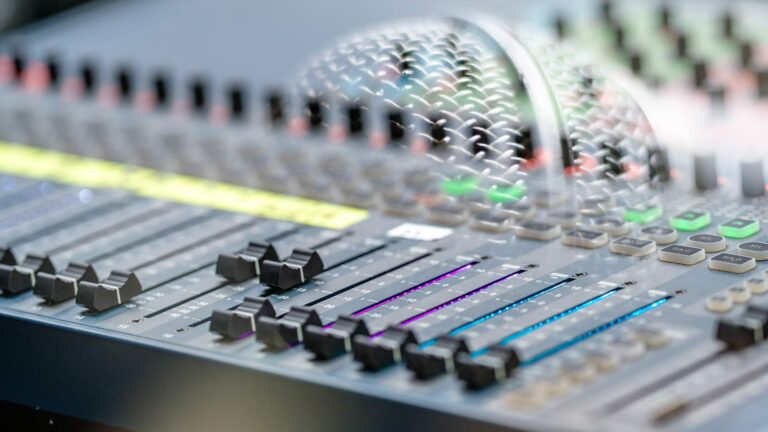
51 hidden gems located outside of Indianapolis
Here’s a curated list of 51 hidden gems located just outside of Indianapolis that are perfect for exploration.

In the realm of video production, the importance of quality audio cannot be overstated. While stunning visuals can captivate viewers, it’s often the audio that truly immerses them in the narrative, evokes emotions, and enhances their viewing experience. From clear dialogue to atmospheric soundscapes, audio plays a crucial role in conveying information, setting the mood, and establishing the overall tone of a video. In this comprehensive guide, we’ll explore the impact of quality audio in video production and provide strategies for ensuring it, empowering filmmakers, content creators, and professionals to elevate their audio-visual storytelling.
Before delving into strategies for ensuring quality audio, let’s first understand the significant impact it has on video production:

Now that we understand the importance of quality audio in video production, let’s explore strategies for ensuring it:
High-quality audio begins with professional-grade recording equipment. Invest in a reliable microphone, audio interface, headphones, and recording software to capture clean, clear, and professional audio.
Choose the appropriate microphone for your recording environment and application, whether it’s a shotgun microphone for outdoor filming, a lavalier microphone for interviews, or a studio condenser microphone for voiceovers and narration.
Solicit feedback from colleagues, peers, or focus groups on the audio quality of your video. Gather constructive criticism and insights to identify areas for improvement and refinement.
Be open to iteration and refinement based on feedback, and strive to continuously improve the audio quality of your videos over time. Experiment with new techniques, tools, and approaches to push the boundaries of audio excellence in your productions.
Quality audio is a cornerstone of successful video production, enhancing immersion, conveying information, setting the mood, establishing brand identity, and increasing production value. By investing in professional equipment, prioritizing sound design and mixing, capturing high-quality dialogue, leveraging natural and ambient sounds, selecting appropriate music and sound effects, focusing on post-production audio editing, conducting quality control and testing, and seeking feedback and iteration, you can ensure that your videos deliver exceptional audio experiences that captivate and engage viewers. Remember that quality audio is not just a technical consideration but an artistic and creative endeavor that requires skill, expertise, and attention to detail. By mastering the art of audio production, you can elevate the overall quality and impact of your video content, leaving a lasting impression on your audience.

Explore more insights on videography on our blog! Dive into valuable content at Sergi Studios Blogs.

Here’s a curated list of 51 hidden gems located just outside of Indianapolis that are perfect for exploration.

Here are some tips on how to use video production to market on TikTok:

Corporate video production involves creating video content commissioned by a business or organization.

Promoting your business with video in Indianapolis, Indiana can be highly effective given the city’s dynamic and diverse market.

In today’s digital age, businesses are constantly seeking innovative ways to capture the attention of their target audience and stand out from the competition.

Promoting your business with video in 2025 will continue to be a powerful way to engage audiences and expand your reach.